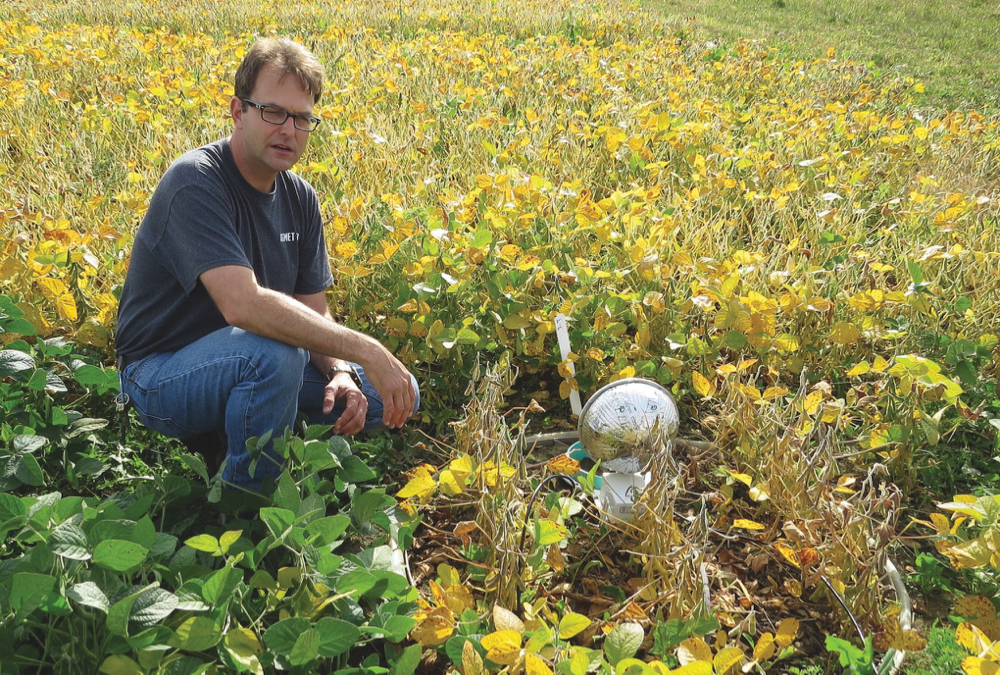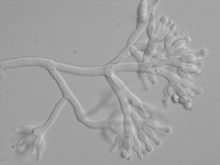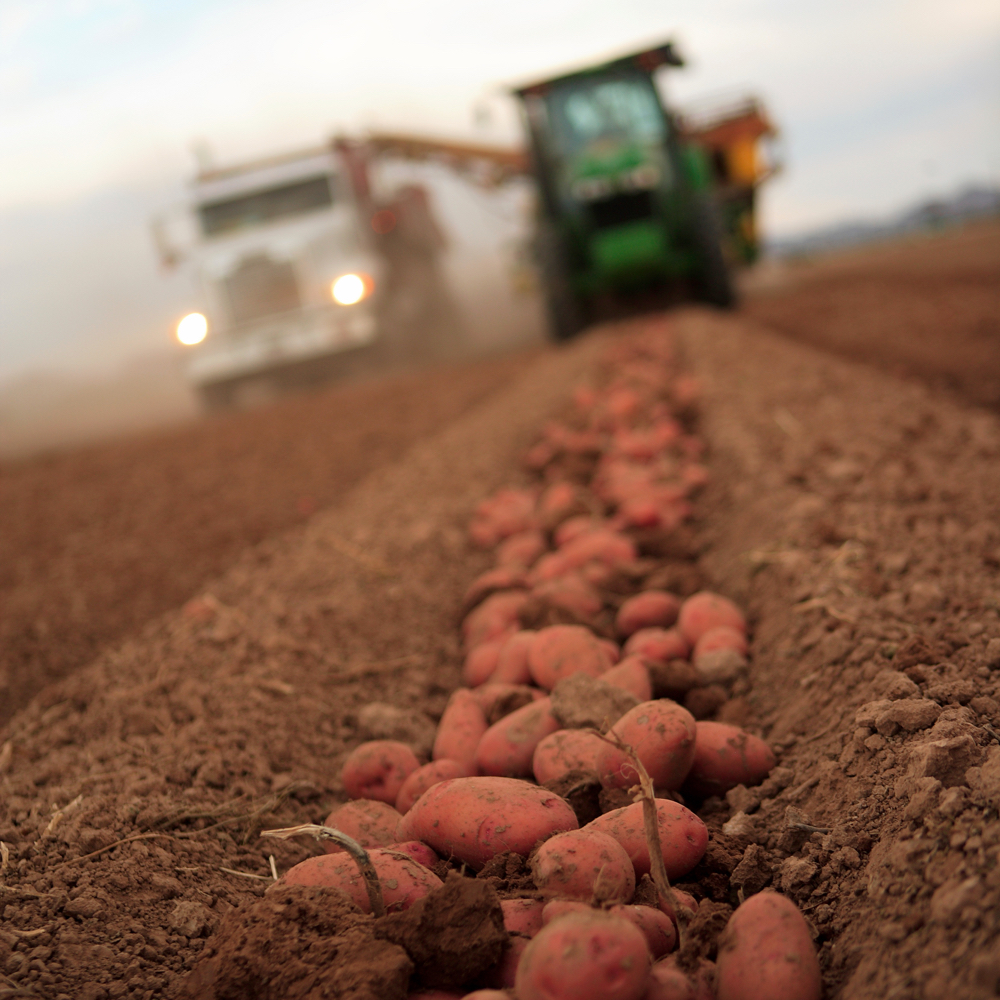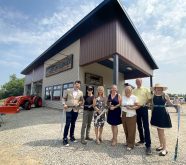In 2016 the Soil Health Interpretive Centre installed 18 lysimeters to help measure data points within soil to understand soil health.
The instalment is the biggest of its kind in North America.
“There are 230 in the world and we have 18 of them,” says Sean Jordan, research technician with the School of Environmental Sciences at the University of Guelph.
Why it matters: Soil health involves complex interactions and the lysimeter project at the University of Guelph is one of the most ambitious efforts to understand them.
Read Also

Women who fed a nation
More than 40,000 young women supported the war effort between the 1940s and early 1950s, helping grow and harvest crops amid labour shortages. They were called Farmerettes.
There are numerous sensors and samplers within the lysimeters all measuring different components including carbon dioxide, water availability and how tightly water is being held by the soil during extreme dry periods. They also measure the amount of water in the soil, its electrical conductivity and they can take water samples from six different depths to analyze nutrients. As well, greenhouse gases can be measured as they escape from the soil surface and soil microbial populations are being monitored over time.
The sensors are found at five, 10, 30, 60 and 90 cm deep.
The lysimeters were installed to help better understand soil health and practices to sustain it.
“Soil health, it’s really about sustainability of soils, what we can do, different farming practices to make sure that the soils remain usable for generations to come,” says Jordan.
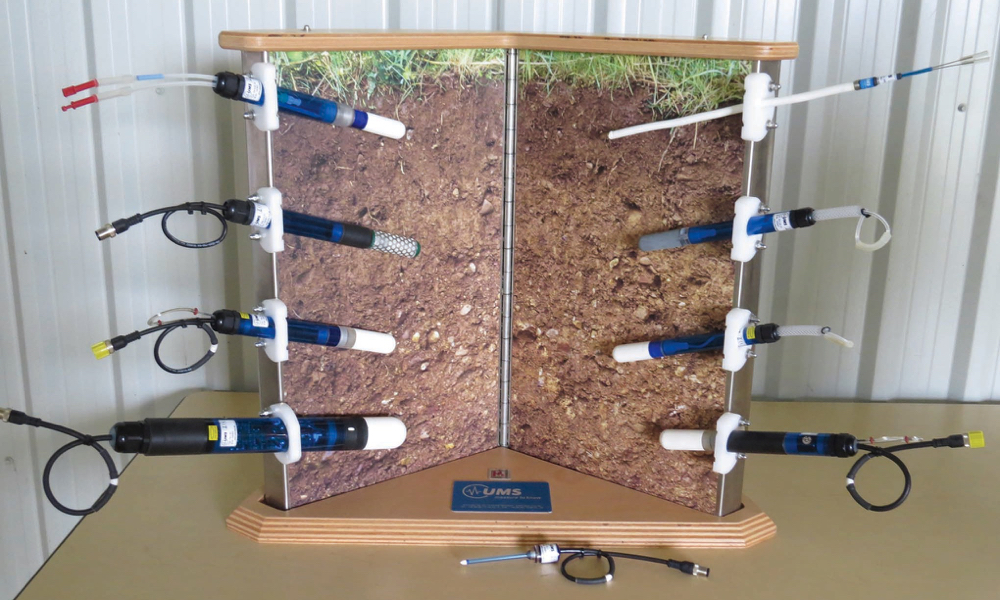
The group of researchers includes individuals from geography, environmental science, and different universities across Canada.
The research is focused on different crop rotations and how they affect soil properties. The rotations include a conventional rotation of soybean, soybean, corn and a diverse rotation of soybean, wheat, cover crops and corn with underseeded cover crop.
Each group contains six lysimeters with two conventional and four diverse rotations, and three silt loam and three sandy loam soil types.
“We can calculate what water is taken up by the plant and what is lost to evaporation. We have a good idea of our water balance and how the different rotations affect that.”
Tours are held throughout the year to share research findings at the Soil Health Interpretive Centre.
“It’s an area we can bring in school kids, visiting researchers, farmers, anyone that we need to apply this outreach to and tell them about soils and soil health.”




